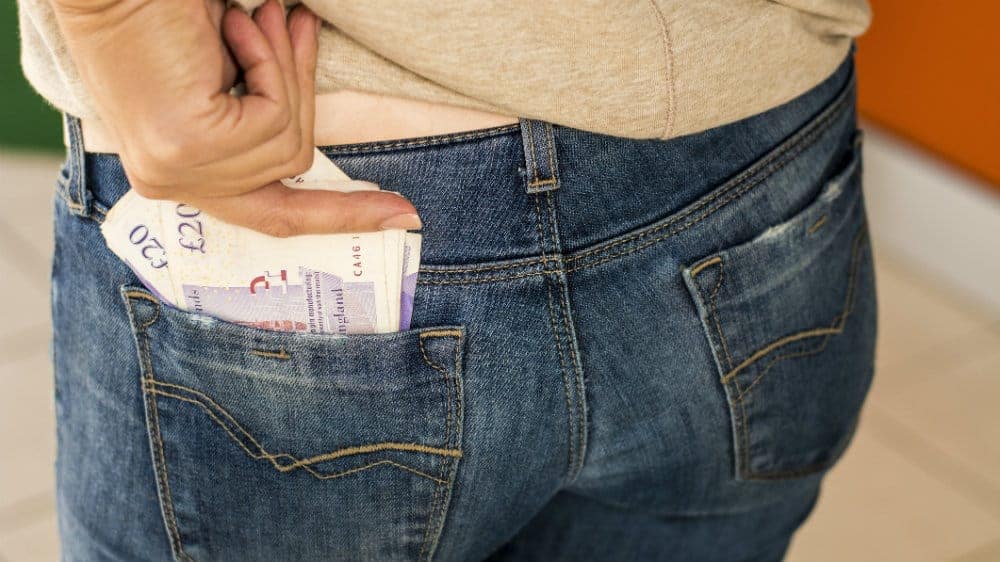It’s not always possible for people to put large amounts of money into setting up passive income streams. But I think the good news is that even with a relatively modest amount, I could aim to start earning extra money without having to work for it. Here is how I would do that by investing in dividend shares, in three simple steps.
1. Putting aside a regular amount
Putting aside £5 a day would give me £35 a week in investment capital with which I could start to try generating passive income. And £5 a day is what many people spend on a fancy drink, or a couple of coffees. It’s not a negligible amount, but with financial awareness I would be able to put it aside each day without thinking too much about it.
What is critical is that I actually start, rather than just thinking about doing it. If I set up a regular bank transfer, or had a savings jar at home into which I put a £5 note each day, I would actually start to see the money add up. That is something I don’t need to wait to start doing.
That £35 a week would add up to over £900 in just six months. My patient regular saving would mean I soon had some capital I could invest in dividend shares.
2. Choosing the shares
But on its own, the money wouldn’t earn me much, if any, income. That’s why I’d want to put it into dividend shares.
But I wouldn’t do that from day one, for a couple of reasons. First, most share-dealing accounts have some charges. So saving up my daily fiver until I had more funds to invest could help me reduce the percentage of my money eaten up by such charges.
Secondly, in order to reduce my risk, I would want to diversify across shares in different companies. That would be easier to do after a few months, when my money had grown. The good news is that I could make good use of this period of waiting before investing. It could allow me to research different shares and companies and find out which might be most suitable for my personal investment objectives.
To start with, I’d try to focus on large, established companies. Then I’d zoom in on their prospects of future free cash flow. I think that’s an important thing to look at in this situation as it is cash flow that is used to fund dividends. From Unilever to National Grid and Legal & General to BP, there is no shortage of such companies I would consider. But each faces specific risks as well as having its own business prospects. So I would look carefully into the company before making my first investment.
3. Setting up the passive income streams
After that I’d be ready to start buying shares.
I would buy them with an intended holding period of years. My passive income plan is about long-term investment, not speculation. After that, I would sit back and wait for dividends to be paid. They are never guaranteed. But by carefully selecting companies and diversifying across a few, over time I would be confident my passive income streams could start generating some extra cash for me.
